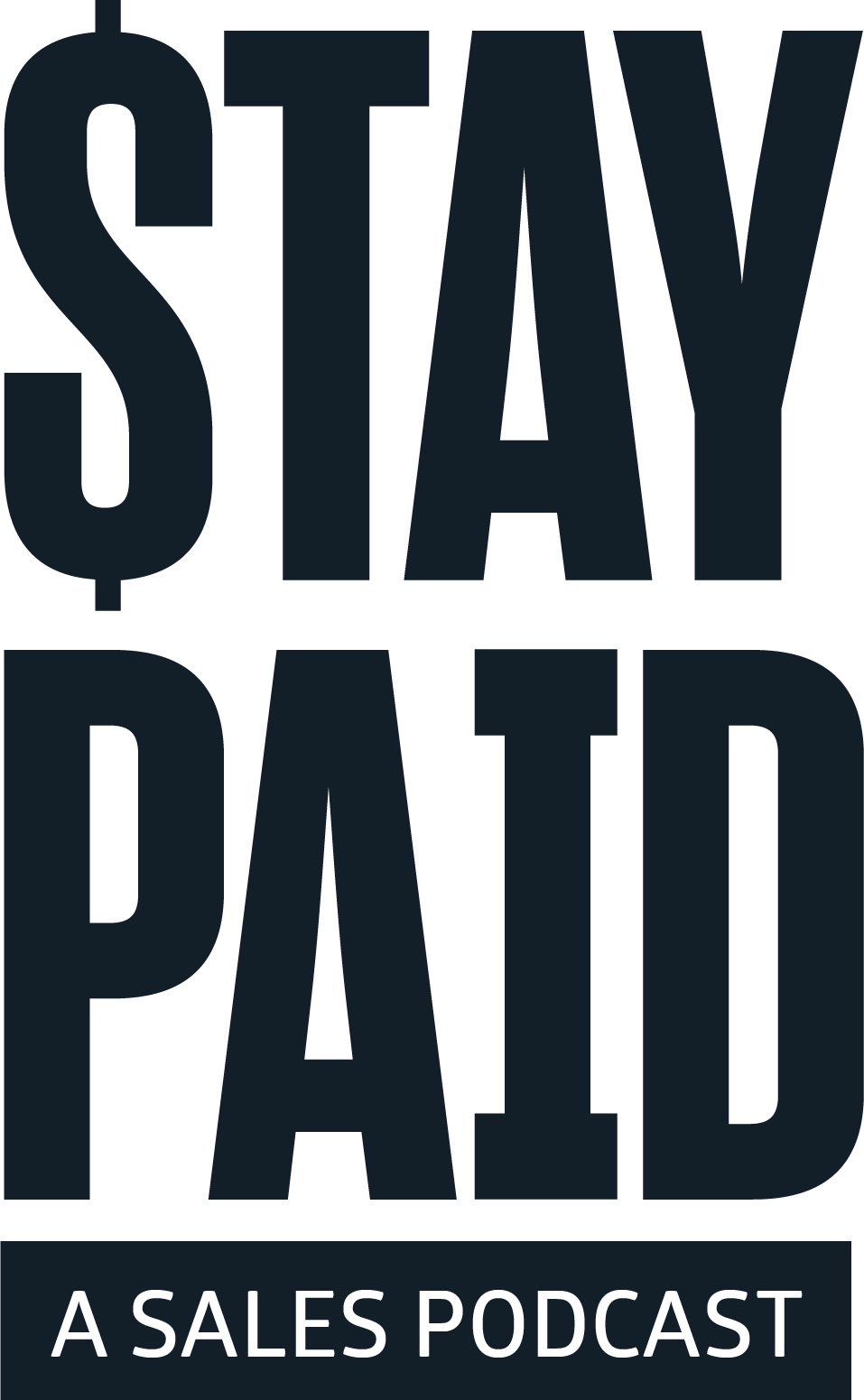One of the first concerns that arose at the beginning of COVID-related shutdowns was that the housing market—responsible for a large portion of economic activity in the United States—would be brought to a virtual standstill. Instead, the ensuing months were among the most active and profitable in recent history. This was due, in part, to early and robust government intervention at the local, state, and federal levels, including the CARES Act and its homeowner and renter protections.
Now, as some of the early provisions of the CARES Act, including mortgage forbearance, come to a close, homeowners, homebuyers, and real estate professionals are wondering what comes next. Learn what the end of mortgage forbearance means for your clients on both sides of the negotiating table—and what it may mean for your business.
COVID-era Mortgage Forbearance: A History
COVID-19 shutdowns began in mid-March 2020, and the passage of the CARES Act followed just days prior. This first foray provided an economic cushion for Americans reeling from the impact of the virus, and the CARES Act subsequently underwent updates and extensions over the following months.
The CARES Act was designed to meet a wide range of economic needs, from providing increased benefits for food stamp recipients to protections for business owners and their employees. As part of its focus on housing, The CARES Act also provided mortgage forbearance for homeowners with government-backed mortgages, including HUD-FHA, VA, and USDA loans and those backed by Fannie Mae and Freddie Mac. These protections led to similar protections from private mortgage providers.
Although it has been extended multiple times, forbearance for FHA, VA, and USDA homeowners is currently set to expire on September 30, 2021, and at this point no further extensions are expected. For homeowners who are eligible for forbearance, this means that applications must be completed and submitted by that date. Fannie Mae and Freddie Mac have not yet announced a deadline for requesting an initial forbearance.
Why the end of forbearance may lead to increased inventory
For many homeowners, the end of forbearance aligns with increased economic activity and a return to pre-COVID employment. This may provide the opportunity for these individuals to resume their mortgage payments while also making arrangements for making up missed payments. Alternatively, some may choose to refinance their loans at today’s low rates in order to make repayment more manageable.
For those who are still struggling, the end of forbearance may mean selling their current home in order to get out from under a burdensome financial obligation. A recent report by Zillow posited that this could result in almost a quarter-million new listings, which presents both an opportunity and an obligation for real estate agents and brokers working with eager buyers and distressed homeowners.
How to prepare your business for a more active market
For those agents with a long list of buyers who have been frustrated by low inventory and rising home prices, the months ahead may offer an unexpected opportunity. Increased inventory is poised to couple with a return to somewhat normal living conditions, with increased rates of vaccination, rising rates of travel, and the return of students to in-person schools.
At the same time, for markets with a seasonal ebb and flow, a fall and winter market that is more like that of the pre-COVID housing market, coupled with increased inventory, may help to ameliorate the tightening and hyper-competitive purchase environment of the past year and a half. For those buyers turned off by multiple offer situations on every listing, this could be a welcome respite that would tempt them back into a home search.
To communicate this good news to your buyers, do the following:
- Reach out with supporting statistics for your market. These could include increasing average days on the market, an increase in the number of active listings, and more stable home prices.
- Talk to them about their search, and find out if any of the specifics have changed or if they’re interested in broadening their search parameters.
- Find out whether they’re planning to go back to the office or if they are working remotely permanently. This could help them broaden their search to neighborhoods that weren’t on their original list.
- Work with your favorite lender to come up with a solution-based approach, including mortgage products that fund renovations and improvements for buyers who are willing to entertain the idea of a fixer-upper property.
How to help homeowners in financial distress following forbearance
For sellers who approach you in response to the end of mortgage forbearance, do the following:
- Make sure they have reached out to their lender and exhausted all their options under their current forbearance plan.
- Make sure they understand their options for refinancing before they decide to sell.
- Help them price their property appropriately for the latest market conditions so that they can get the most out of their home’s equity.
- Help them determine whether they may be able to downsize into a smaller home using the proceeds from the sale of their current home so that they can continue to enjoy the benefits of homeownership.
- Reach out to your professional network and create a comprehensive marketing plan so that your seller clients can maximize the value that currently exists in their home and get back on their feet financially.
As a real estate professional, you are uniquely positioned to make a huge difference in the lives of both buyers and sellers during this challenging time. Make sure that you are communicating regularly and keeping up to date with all the market and economic trends that will impact your clients in the days ahead.




















